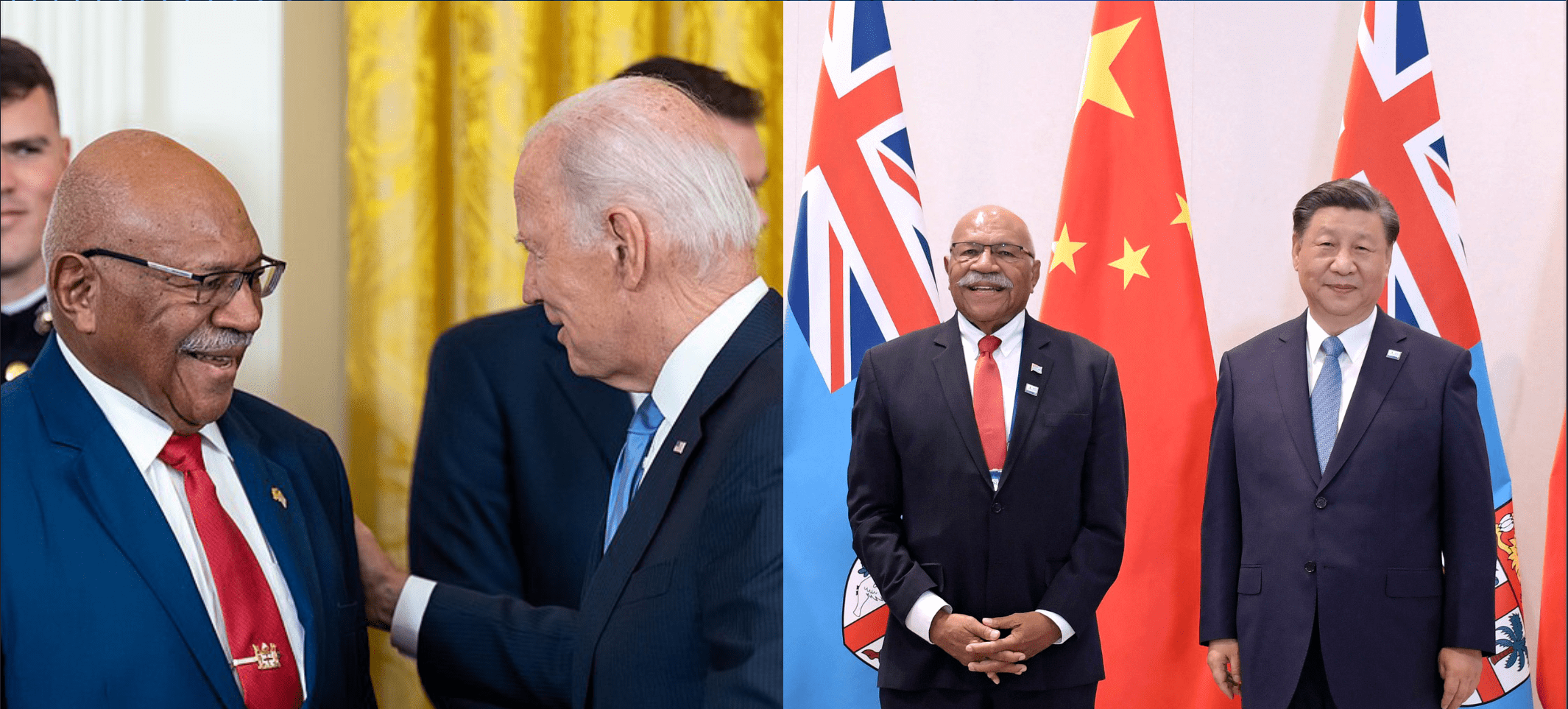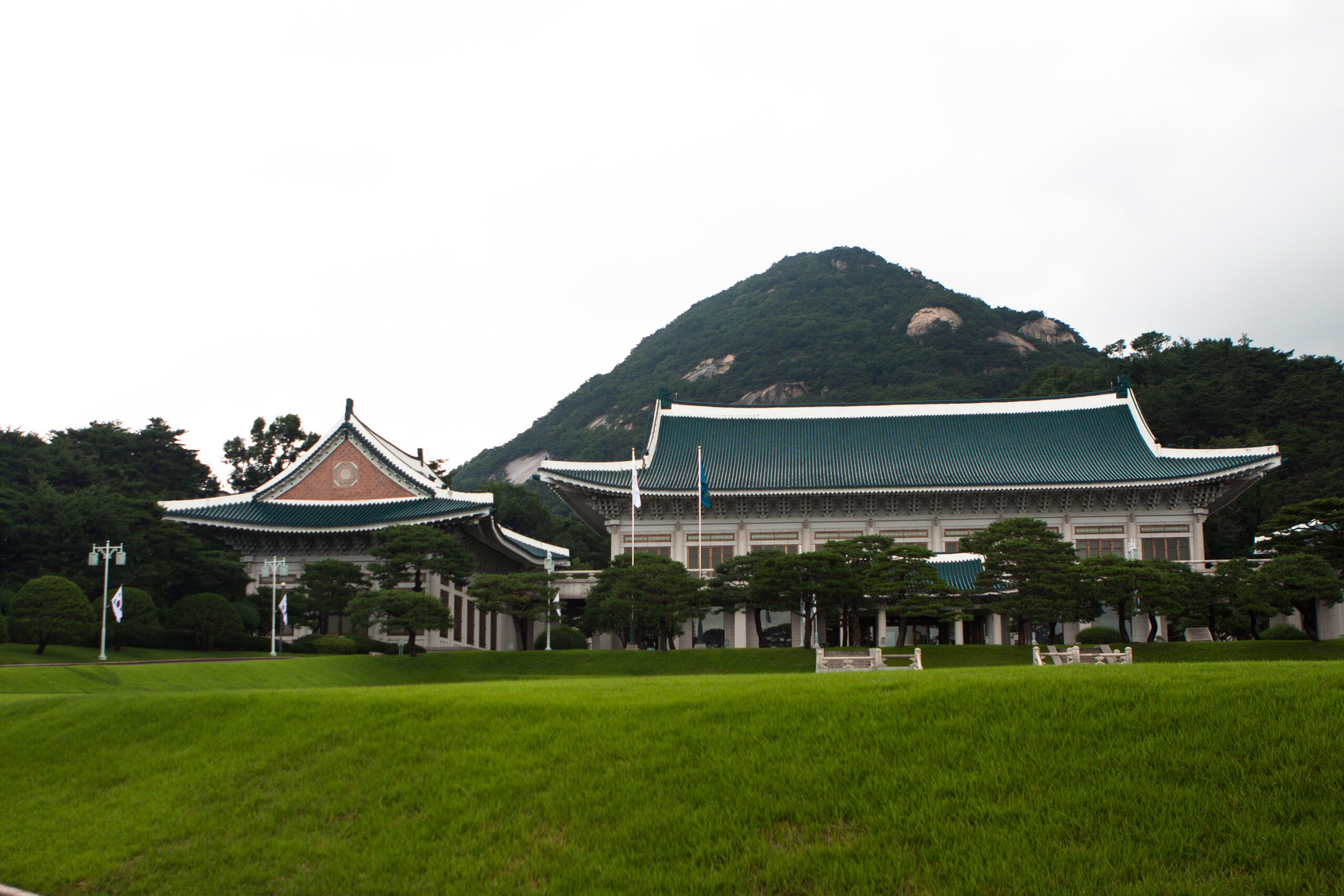Regional End-States and Beyond: Asia-Pacific views on the China-US relationship and regional stability
Read and print the full report.
Executive summary
This report synthesises the findings of the Asia-Pacific Leadership Network’s Asia Dialogue on China-US Relations. Based on interviews, writings, and interactions with policy practitioners and analysts from the Asia-Pacific, China, and the United States, the report analyses the structural preferences of regional actors as they pertain to regional stability.
The report frames these preferences in terms of what they reveal about the preferred end-states of regional actors; that is, the long-term roles they wish China and the United States would play in the region. While there can never be a definitive end-state in the region, since change is constant in international relations, the report uses the concept to frame discussions about policy goals of regional stakeholders. A key component of the different and often diffuse ways that experts think about end-states flows from their various preferences for major power primacy, defined here as “military, economic, and diplomatic pre-eminence.”
The end-state preferences discussed in this report are US-China competition (when both major powers seek primacy); US dominance (when the United States seeks primacy and China is willing to concede it); Chinese dominance (when China seeks primacy and the United States is willing to concede it); and multipolarity or managed détente, where neither seeks primacy, and allows the other or several more states to also exercise strategic autonomy.
| US seeks primacy | US concedes primacy | |
| China seeks primacy |
US-China competition | Chinese dominance |
| China concedes primacy
|
US dominance | Multipolarity, Managed détente |
| Preferred end-states for actors in the Asia-Pacific | ||
Views on US primacy
There is a broad spectrum of regional perspectives on US primacy. Some actors see US primacy as an absolute positive force in the region, either because they hope that US dominance will contain concerning Chinese behaviour in the region, or because they hope to exploit the resulting China-US competition. Others, such as India, see US primacy as a useful means of realising a multipolar region. Conversely, some, such as Indonesia, take issue with US overreach in its pursuit of primacy, as it constrains their ability to choose and pursue their own economic policies. Meanwhile, additional actors, particularly in the Pacific, see the US pursuit of primacy at the expense of China as a dangerous distraction from climate change and other more urgent security goals from their perspectives.
Views on Chinese primacy
While states tend to welcome some degree of Chinese economic influence, they carefully seek to balance that influence so that China does not dominate their bilateral relationships. China’s claims that it seeks a peaceful rise and a multipolar region are met with two types of skepticism. The first type, represented by US allies and partners, is based on the suspicion that China is not acting in good faith, and they view its assertiveness over the Taiwan issue and other territorial disputes as evidence of this. The second type of skepticism is represented by regional actors with weaker security ties to the United States, who believe that China is engaging in good faith, but not necessarily with a firm understanding or consideration of its partners’ interests.
Views of non-primacy end-states
Some regional actors seek a regional order that is not underpinned by the dominance of either China or the United States. However, their ideas of multipolarity differ from one another, as well as from that championed by China. India, for example, prefers to become one of the poles itself, and also supports the emergence of more such states in the Asia-Pacific. Indonesia sees itself as a pole through the strength of ASEAN. A multipolar end-state also holds appeal in other parts of the region, such as among South Korean progressives. Meanwhile, the Pacific Island states do not necessarily reject the notion that China and/or the United States should be dominant in their region, but they do express a preference for a managed, cooperative détente, rather than a competitive relationship that leads to militarisation and distraction from core Pacific interests.
Implications and recommendations
The report finds that there is no common preference for which end-state can best maintain regional stability. Actors often express preference for one end-state, while their actions seem (at least to others) to pursue a different end-state. The report explores the implications of the four end-states conveyed through project dialogues and research, and discusses the regional strategic approaches and trade-offs for avoiding conflict and promoting peace-building in each scenario.
| US seeks primacy | US concedes primacy | |
| China seeks primacy | 2. How to avoid confrontation? | 1. How to accommodate policy preferences of US and allies in a China-led system? |
| China concedes primacy | 1. How to accommodate Chinese policy preferences in a US-led system? | 3. How to advance US and Chinese policy goals in a system organised around multipolar consensus? |
| Trade-offs for different end-states. | ||
- Maintaining stability in a unipolar end-state – Assurances could be the key
- The United States, and an increasing number of US allies and other actors who favour US primacy, need to consider more carefully how they can reassure China that such an end-state would not be detrimental to its interests.
- Even though China officially rejects the notion that it is seeking primacy in the Asia-Pacific at the expense of the United States, those Chinese analysts who argue openly for such an end-state should consider more carefully how they can reassure the United States that such an outcome would not be detrimental to its interests.
- US allies should independently deepen their bilateral and multilateral security alignment to reduce their reliance on the United States in case of US retrenchment from the Asia-Pacific.
- Maintaining stability in a competitive end-state: Restraint and empathy are crucial
- There is a need to enhance understanding in both China and the United States of their rival’s domestic political dynamics, without viewing this assessment through the lens of competition.
- There is a need for greater self-reflection and strategic empathy in China. If China is not seeking confrontation but only preparing for worst-case scenarios, then it should also understand why other countries prepare for their own worst-case scenarios.
- The United States needs to be prepared to show greater strategic restraint, especially on issues of high sensitivity for China.
- Other regional actors, ideally ASEAN, should spearhead a call on major powers to renounce the use of force to change the territorial status quo.
- ASEAN should also lead an effort to define what “use of force” means in the above context, and incorporate emerging domains of conflict.
- Regional actors who seek to take advantage of China-US competition for their own benefit need to more carefully assess the unintended consequences of doing so.
- Maintaining stability in a multipolar end-state: Shared concerns and understanding of risks
With multiple poles angling for influence, stability will have to be built around the idea of shared concerns and understanding of risks. Multilateral dialogue mechanisms serve this end, in enhancing understanding and promoting opportunities for more engagement among the various poles.
- ASEAN must better articulate, organise, and leverage the collective power of its member states to ensure major powers accept a multipolar end-state.
- India should address China’s concerns of its growing security alignment with the United States. Engaging China on this issue through BRICS, the Shanghai Cooperation Organisation (SCO), and other similar pro-multipolarity fora would grant additional credibility to India’s messaging.
- Dialogue between experts in China and India is needed to enhance mutual understanding of each other’s claimed vision of multipolarity and how each fits into that vision.
- ASEAN must go beyond being “event organisers” to effectively address the substantive issues of regional dynamics.
- China’s refusal to settle disputes multilaterally and its bilateral engagement with smaller neighbours undermines trust in its multipolar vision. China should recognise international rulings, such as the UNCLOS decision in favour of the Philippines, and peacefully resolve territorial disputes to show commitment to an institutionally managed multipolar region.
- US allies like the Philippines could agree not to increase US military presence in exchange for China recognising international settlement institutions. In the interest of promoting and upholding a multipolar system, regional allies should also assume more security provider responsibilities and augment their defense capabilities.
- Similarly, middle powers like South Korea, Japan, Indonesia, and Australia should enhance their strategic autonomy by acting more proactively in regional affairs, strengthening security capabilities and economic ties, and leveraging their comparative supply-chain advantages to reduce dependency on major powers.
- Pacific Island states should increase their connectivity with other Asia-Pacific states to address geopolitical challenges and security concerns collaboratively. They should especially explore connectivity between Southeast Asia and the Pacific due to the proximity of the two regions, and their shared interest in maintaining neutral positions between China and the United States. This effort can help maintain regional multipolar balance and elevate collective concerns.
The framework underlines the importance of analysing end-states as the outcomes of the interaction between Chinese and US approaches to primacy in the Asia-Pacific region. First, it urges policymakers in both Beijing and Washington to consider what they see as an ideal Asia-Pacific regional security system over the next decade, including the role of the other and of third parties in that system. Second, it urges both China and the United States to assess the largest disjunctures between regional preferences and their own regional approaches. Third, it highlights the agency of third-party actors, and the expectations and responsibilities these hold in shaping future regional end-states. The process of operationalising these recommendations could help cultivate a regional political and strategic environment more conducive toward convergence around an agreed set of principles, structures, and roles for a stable Asia-Pacific.
About the authors
Joel Petersson Ivre is a Policy Fellow at APLN. His research interest lies in Asia-Pacific security issues, with a focus on Chinese politics and foreign policy and nuclear issues on the Korean Peninsula. He received his Master’s degree from Yonsei University’s Graduate School of International Studies in East Asian Studies and International Security and Foreign Policy, and his Bachelor’s degree in Chinese Language and Culture from Stockholm University. He has held internships at East Asia Institute in Seoul and Stockholm International Peace Research Institute.
Dr. Manpreet Sethi is a Senior Research Adviser at APLN and a Distinguished Fellow at the Centre for Air Power Studies, New Delhi, where she leads the project on nuclear security. She is an expert on a range of nuclear issues, having published over 120 papers in academic journals of repute. Over the last 25 years she has been researching and writing on subjects related to nuclear energy, strategy, non-proliferation, disarmament, arms and export controls, and BMD. Her current focus areas include nuclear security instruments (UNSCR 1540, summits, treaties and laws, PSI, CSI, etc) and nuclear governance (regimes and architecture).
Sethi is a recipient of the prestigious K Subrahmanyam award, a national honour conferred by the IDSA on a scholar for excellence in strategic and security studies. In a rare honour for a civilian academic, she has received commendations by Chief of the Air Staff (2020) and Commander in Chief of the Strategic Forces Command (2022).
She is member of the International Group of Eminent Persons set up by Mr Fumio Kishida, Prime Minsiter of Japan, to identify pathways to a nuclear weapons free world.
Dr. Frank O’Donnell is a Senior Research Adviser in the Asia-Pacific Leadership Network for Nuclear Non-Proliferation & Disarmament, and a Nonresident Fellow in the Stimson Center South Asia Program. With a particular specialty on Southern Asia, his areas of expertise include nuclear and conventional military posturing, arms control, nonproliferation, and national security policymaking processes. He was previously Deputy Director and Fellow in the Stimson Center South Asia Program, and has held postdoctoral research roles at the Fletcher School and US Naval War College. He has been a Stanton Junior Faculty Fellow and Associate at the Belfer Center for Science and International Affairs at Harvard University, an Assistant Professor (UK: Lecturer) at the Britannia Royal Naval College, and has held additional research positions at the University of Aberdeen and James Martin Center for Nonproliferation Studies.
Disclaimer: The opinions articulated above represent the views of the author(s) and do not necessarily reflect the position of the Asia Pacific Leadership Network or any of its members. The APLN’s website is a source of authoritative research and analysis and serves as a platform for debate and discussion among our senior network members, experts and practitioners, as well as the next generation of policymakers, analysts and advocates. Comments and responses can be emailed to apln@apln.network.
Image: iStock




